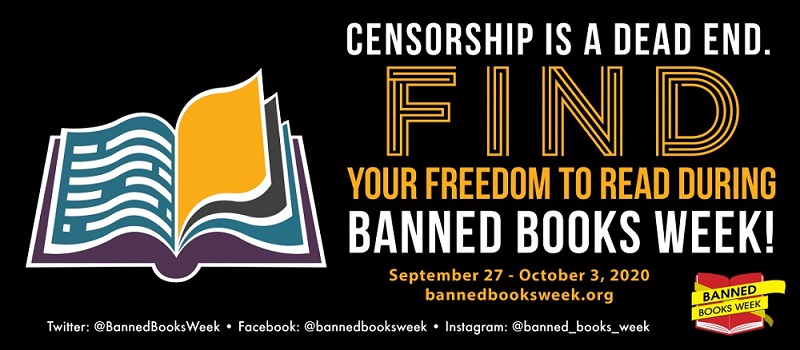
It’s Banned Books Week!
Censorship of books (“banning” books) occurs all over the world, even in countries that generally oppose censorship.* In the US, it’s usually a state or local issue, and often involves books that a minority of people don’t want their library (or libraries) to carry, or their schools to teach. In fact, limiting children’s access to or exposure to the ideas or content of a particular book seems to be the most common rationale given for banning books in the US. Books with LGBTQ+ content are frequent targets. Books containing witches or witchcraft often come under fire from some conservative Christians as well. Books featuring frank discussion of sex, sexuality, or even menstruation have been targeted, as have books in which young people break rules or question the authority of their elders, and books containing profanity. Textbooks teaching evolution are often challenged by fundamentalist Christian groups. But banning books isn’t limited to conservatives. Recently, books in which racial slurs and stereotypes appear have also been questioned or banned (notably Huckleberry Finn), sometimes by liberal groups concerned about their effect on BIPOC students. Liberal groups have also challenged books by authors with a troublesome record of sexual harassment or assault.
According to the American Library Association (ALA), the top 20 books most frequently banned or challenged over the last decade are:
- The Absolutely True Diary of a Part-Time Indian by Sherman Alexie
- Captain Underpants (series) by Dav Pilkey
- Thirteen Reasons Why by Jay Asher
- Looking for Alaska by John Green
- George by Alex Gino
- And Tango Makes Three by Justin Richardson and Peter Parnell
- Drama by Raina Telgemeier
- Fifty Shades of Grey by E. L. James
- Internet Girls (series) by Lauren Myracle
- The Bluest Eye by Toni Morrison
- The Kite Runner by Khaled Hosseini
- Hunger Games by Suzanne Collins
- I Am Jazz by Jazz Jennings and Jessica Herthel
- The Perks of Being a Wallflower by Stephen Chbosky
- To Kill a Mockingbird by Harper Lee
- Bone (series) by Jeff Smith
- The Glass Castle by Jeannette Walls
- Two Boys Kissing by David Levithan
- A Day in the Life of Marlon Bundo by Jill Twiss
- Sex is a Funny Word by Cory Silverberg
(Taken from the ALA’s list of the Top 100 Banned & Challenged Books: 2010–2019.)
Banning books, whether wholesale or collectively, is a fraught subject. I think many people would agree that some content is not age-appropriate in an elementary-school library, whether it is adult romance fiction with explicit sexual scenes or a college physics textbook. But we don’t need bans to determine that; most children’s librarians are pretty good at determining whether a book is “too mature” for their audience. On the other hand, many books written for children are challenged based not on whether the content is too mature for elementary-age children, but whether they should be exposed to the ideas in them at all… hence the banning of middle-grade (MG) books about transgender kids (George) or kids with gay or lesbian parents, and even a picture book about a pair of male penguins who formed a couple and raised a chick (And Tango Makes Three, based on the true story of a penguin pair at the Central Park Zoo in New York.) Personally, I oppose banning children’s books. Regardless of anyone’s beliefs, these books are based on the real, lived experiences of real people. To me, it seems cruel to deny any child the opportunity to see themselves in a book, and desireable that all children have a chance to discover the common humanity we all share regardless of any apparent differences.
When you get to the high school level and adult level, it becomes even harder to argue that particular books or content should be excluded. Who gets to decide what is or is not appropriate for young people to read? One could say that parents have the right to limit what their own children are exposed to, but that certainly doesn’t give them the right to make that determination for other people’s children, any more than the beliefs of one group give them the right to ban a particular book from the entire community.
Across the US and elsewhere, librarians stand on the frontlines of this conflict, staunchly defending the freedom to read what we want. Banned Books Week highlights the importance of intellectual freedom as well as the books that have been challenged or banned over the years. (Read more about the history and purpose of Banned Books Week here.)
You can observe Banned Books Week by
- Reading a banned or challenged book, and talking, writing, and/or posting about it.
- Discussing censorship and banned books in your social media.
- Participating in any of the virtual events programmed for this week.
Banned Books Week runs September 27 – October 3, 2020.
* In authoritarian regimes, of course, banning books (and other media) statewide is a means of controlling what the entire populace can know, think about, and talk about. Many regimes ban anything critical of the regime or its leaders, anything which challenges the worldview they espouse, and/or anything which makes countries or governmental systems outside the regime look attractive to its citizens. These rationales sometimes lead to comical, even absurd bans, such as China’s recent ban on Winnie the Pooh because critics of President Xi Jinping used images from the film(s) to mock the portly leader.
Image from Banned Books Week website

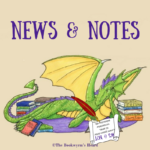







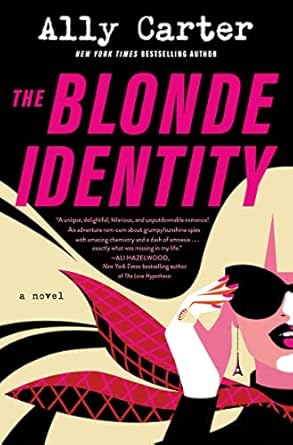
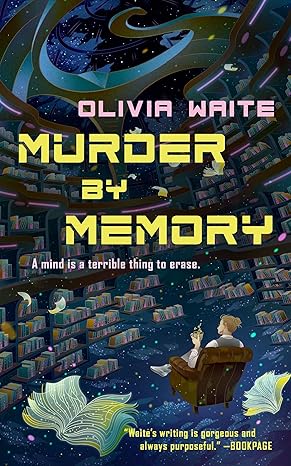
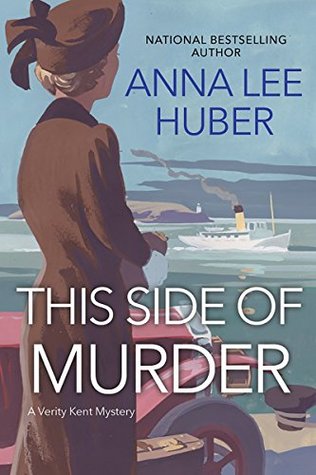
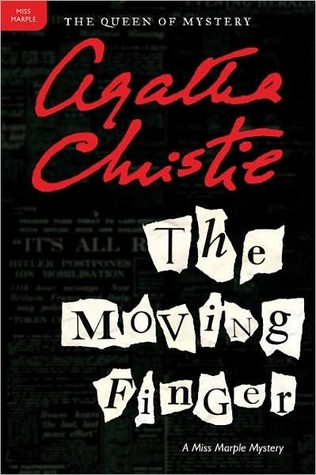
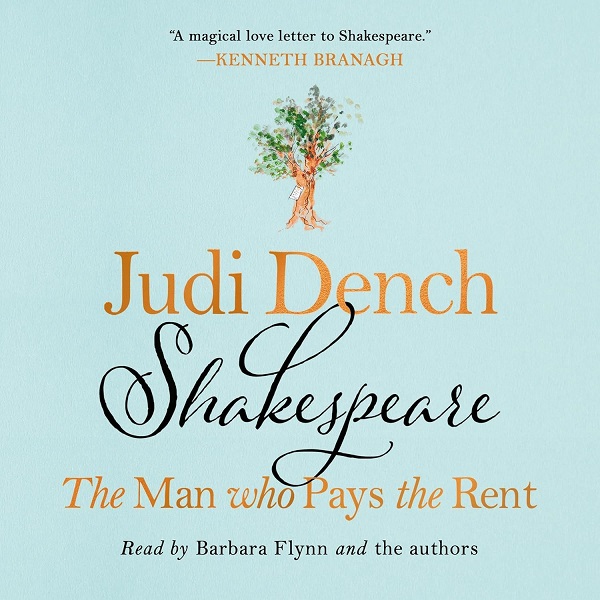
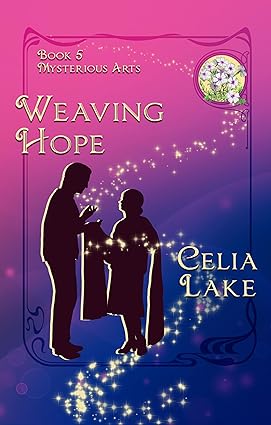
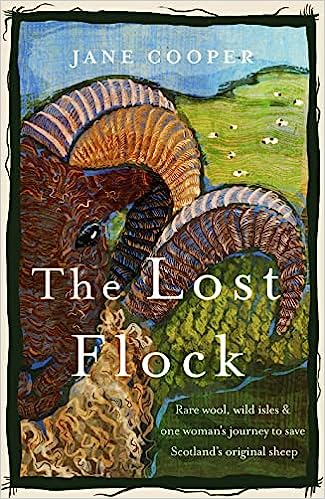
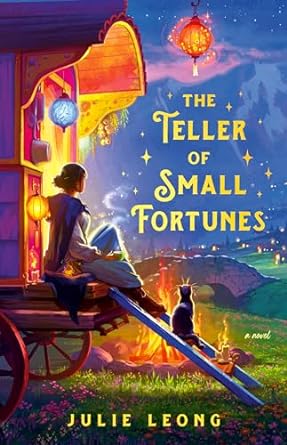
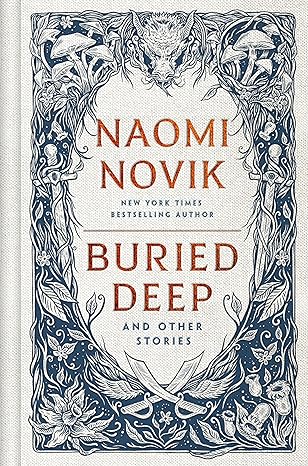
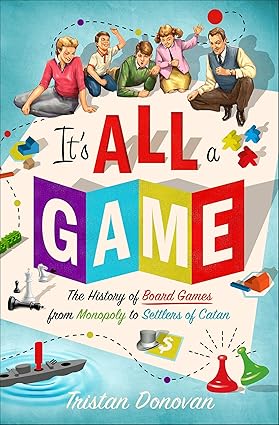
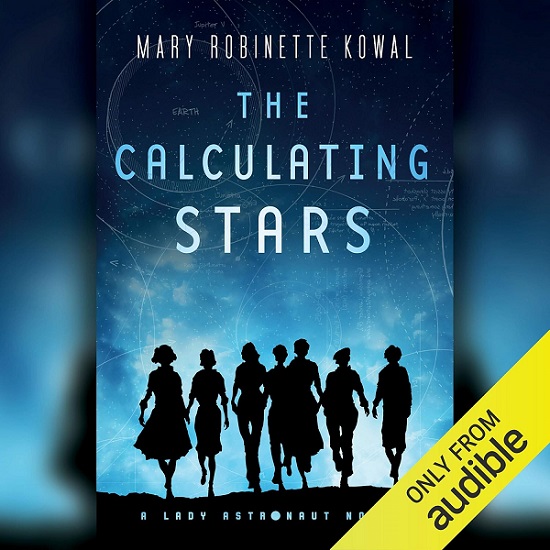
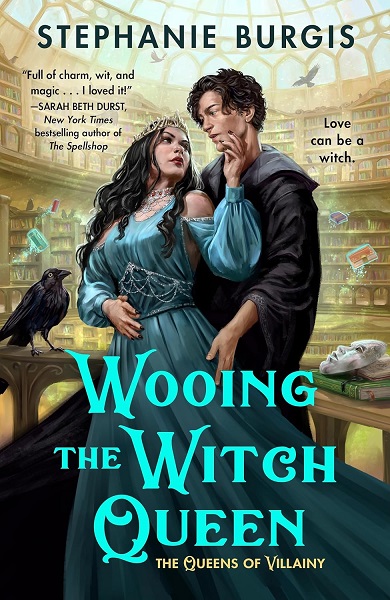
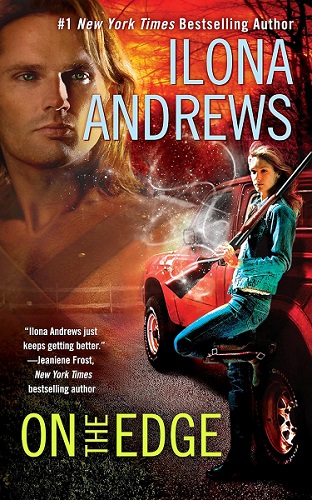
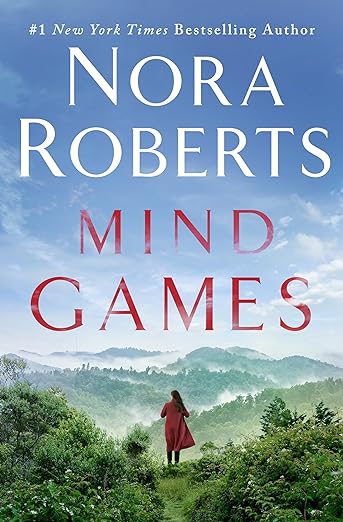
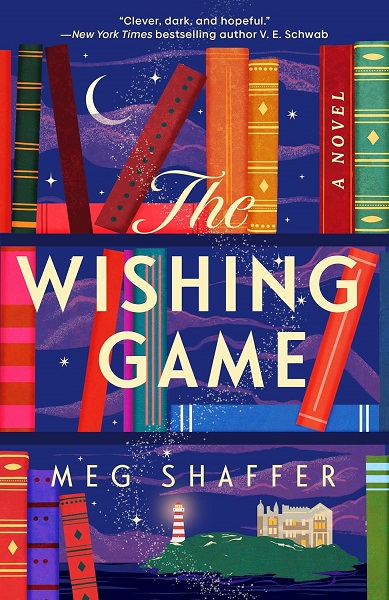
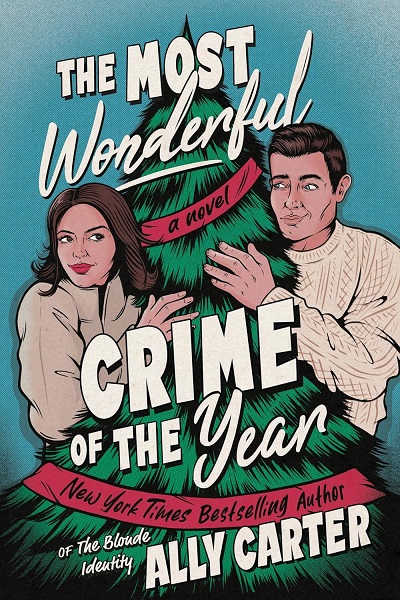
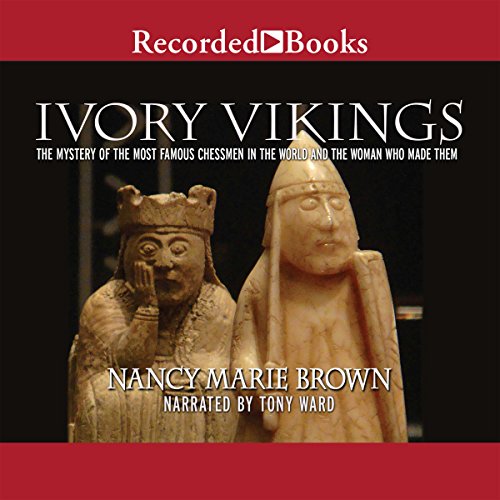
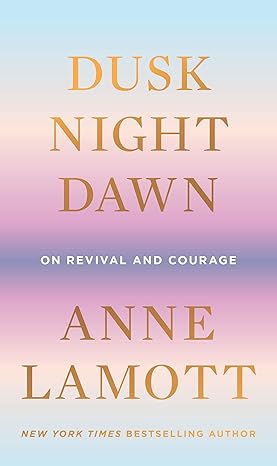
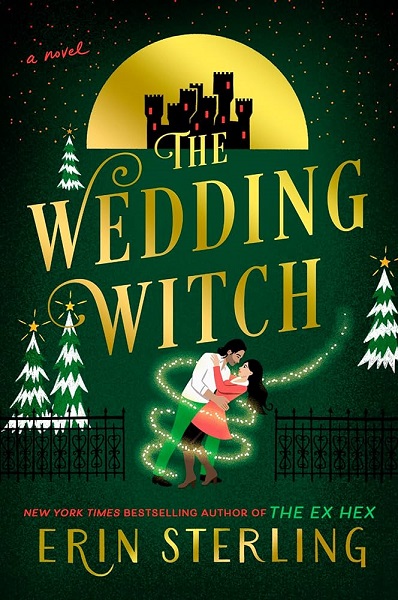

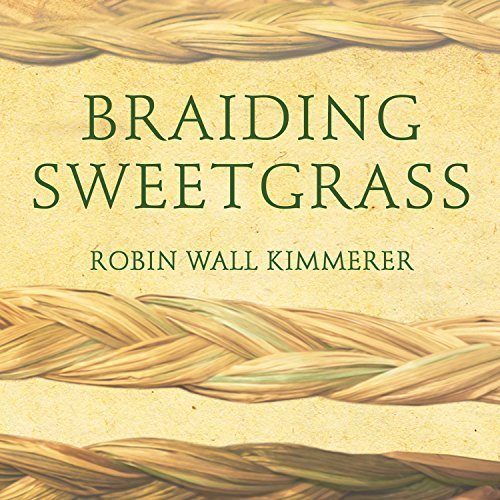
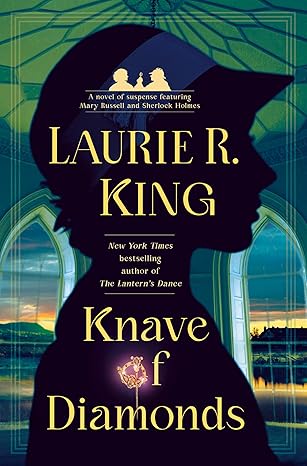
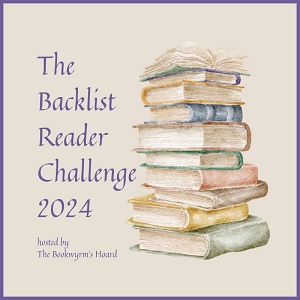
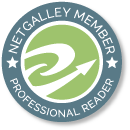

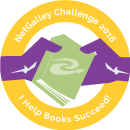
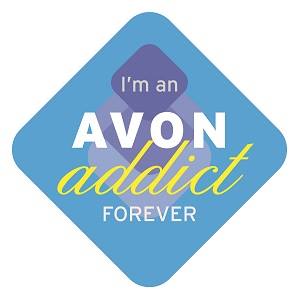

Nicole @ BookWyrmKnits
Banned Books Week was always a favorite when I worked at the library! It was a lot of fun overhearing the reactions of some of our patrons as they exclaimed in confusion over the books that had been banned or challenged.
Nicole @ BookWyrmKnits recently posted…BookWyrm’s Alphabeticals ~ T